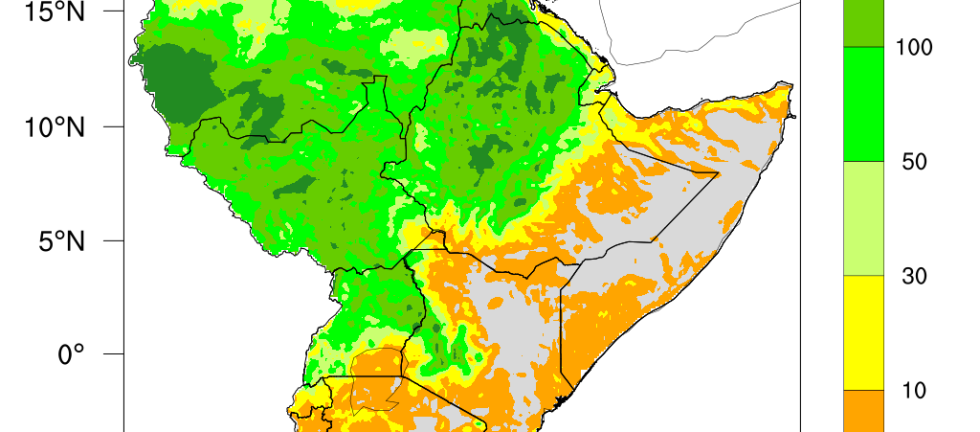East Africa: Heavy Rainfall, Cooler Temperatures Expected
By Samantha Linda
Severe rainfall is expected across parts of East Africa, with some places at high risk of flooding, according to the Intergovernmental Authority on Development (IGAD) Climate Prediction and Applications Centre (ICPAC) weekly forecast.
The highest rainfall (more than 200 mm) is forecast in isolated areas of central and northern Ethiopia, central South Sudan, western Kenya, Sudan’s Darfur region, and sections of western Eritrea. Many other locations, including Uganda, Rwanda, Burundi, and southern Tanzania, will have more rain than typical.
The wetter-than-normal conditions will mainly affect central to western Kenya, Uganda, central and western Ethiopia, eastern South Sudan, several parts of Eritrea, and southern Tanzania. However, less rainfall than usual is forecast in some areas of eastern, southern, and central Sudan, parts of the Ethiopian highlands, and western South Sudan.
ICPAC has warned that the heavy rains could cause flooding in flood-prone areas of northern and north-eastern Ethiopia, central-eastern and south-western Sudan, central South Sudan, and western Eritrea.
Along with the showers, milder temperatures are forecast in central Sudan and eastern South Sudan, but northern Sudan, parts of the Red Sea coast, Djibouti, and northwestern Somalia will continue to have high temperatures above 32°C. Elevated heat stress is also forecast in these hot locations, whereas Uganda, Kenya, Tanzania, and Ethiopia will see moderate to mild temperatures.
Rainfall and temperature variations will have a mixed impact on the region. While rainfall can assist in irrigating crops and replenishing water sources, it also increases the risk of flooding, which can harm infrastructure, houses, and farmlands.
Communities in high-risk areas have been asked to take proactive measures, such as avoiding flooded areas, protecting property, and controlling soil drainage, to safeguard crops. Farmers are encouraged to take advantage of the rain but to remain vigilant against sudden weather changes.
The forecast, part of ICPAC’s weekly updates that began in 2020, is aimed at giving communities timely weather information to help them plan and reduce the impact of climate-related hazards. ICPAC continues to work with National Meteorological and Hydrological Services across the region to provide more detailed national and sub-national updates.

